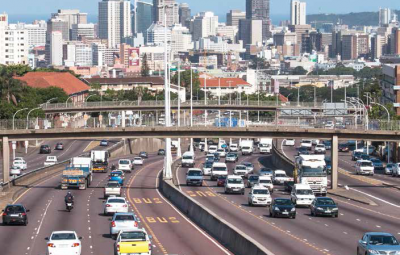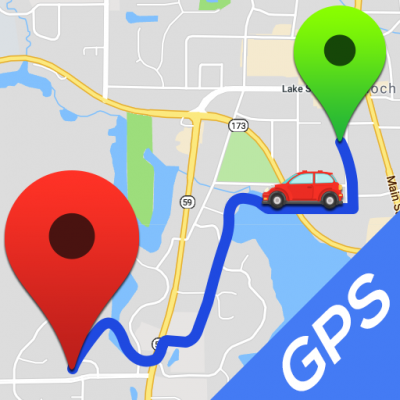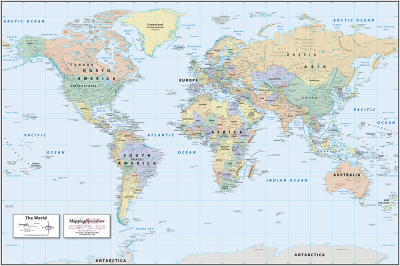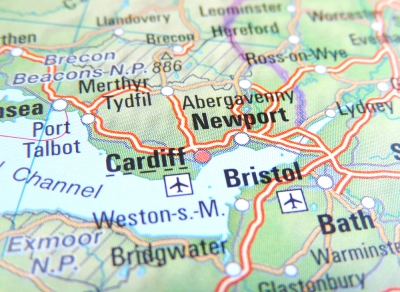
An urban area is the region surrounding a city. Most inhabitants of urban areas have non agricultural jobs. Urban areas are very developed, meaning there is a density of human structures such as houses, commercial buildings, roads, bridges, and railways.
“Urban area” can refer to towns, cities, and suburbs. An urban area includes the city itself, as well as the surrounding areas. Many urban areas are called metropolitan areas, or “greater,” as in Greater New York or Greater London.
When two or more metropolitan areas grow until they combine, the result may be known as a megalopolis. In the United States, the urban area of Boston, Massachusetts, eventually spread as far south as Washington, D.C., creating the megalopolis of BosWash, or the Northeast Corridor.
Settlements:
Settlement refers to the physical spaces and environments in which households are sheltered, and how one shelter relates to others. The term is generally used in the context of displaced populations to describe the temporary or sometimes permanent living arrangements of displaced families. In this context settlements can range from planned camps to dispersed accommodation in host villages/neighbourhoods, collective centres, spontaneous camps, rental accommodation, etc.
An urban settlement is where displaced populations settle within an urban agglomeration such as a town or city. A master plan usually divides towns or cities into zones regulated by norms based on specific sectors such as housing, hygiene, habitat, and environment. Zones are inclusive of residential areas, services and infrastructures, and spaces for administrative, commercial and industrial activities.
Facilities:
Usually, there are lots of shops, schools, libraries, and hospitals. There may also be sports centres and swimming pools. The land uses and buildings that are used to serve the educational purposes of the community. These facilities very often have a secondary function of providing a location for social and recreational activities of the community. Health category of urban object includes all facilities where medical treatment of some form is offered. For example, it would include a local GP clinic or a city hospital. This category is, however, not limited to clinical or medical healthcare, it includes all object related to the diagnosis, treatment and rehabilitation of people with sickness or illness. Buildings and facilities relating to government departments or entities. This would include, for example administration office associated with a government department or agency, police and fire services stations, etc. For the purposes of Urban Securipedia, government assets do not extend to recreational services or utilities such as water/waste/energy infrastructure or facilities.
Population:
In many countries, most of the populations now live in towns and cities. This is because there are plenty of jobs and houses there. In the mid 1800s, only 2% of the entire human population lived in urban areas. By the 1950’s, the percentage of the human population living in urban areas was up to around 29%, and by 2009, that number had reached 50%. This number is expected to increase rapidly and by 2050, it is predicted that over 70% of the human population will live in urban areas.
Transport:
Most towns and cities have good transport links. These include roads for buses and cars, railways, and airports. Travel is necessary to engage in spatially dispersed activities such as work, shopping, visits to friends, etc. In economic terms, travel is an intermediate good, because demand for travel is derived from the demand for other spatially separated goods and services. Thus, one travels in order to engage in work or to do shopping or see a film. Apart from sightseeing and some types of holiday, rarely do people travel simply for the sheer pleasure of the trip.
Picture Credit : Google











